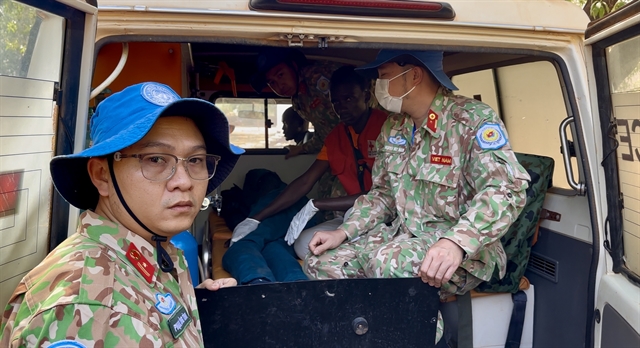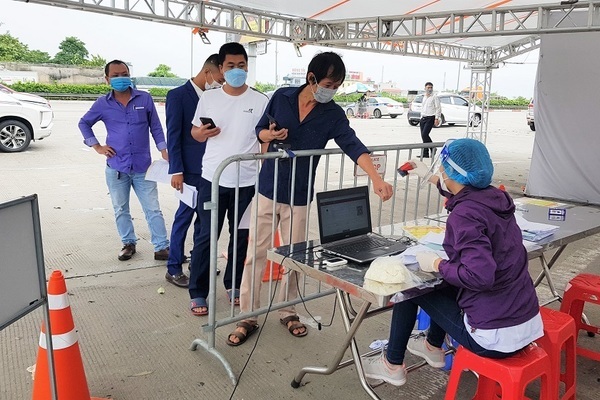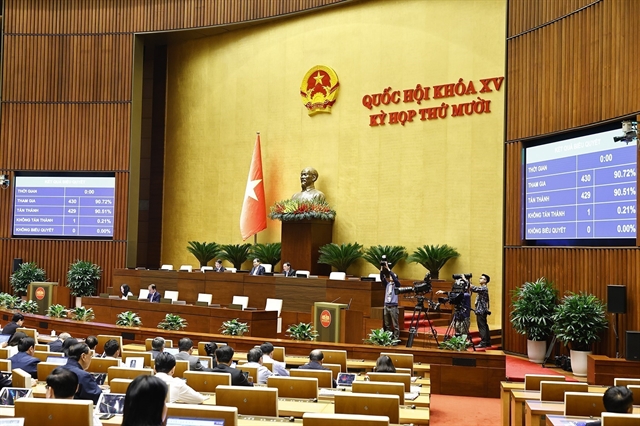 Society
Society

Although the Ministry of Health no longer requires COVID-19 testing for people travelling between localities, except for from high-risk areas, the authorities of some provinces and cities are still checking test certificates at checkpoints.

|
| Drivers presenting travel permits and test certificates at a COVID-19 checkpoint in Hà Nội. — Photo Vietnamnet.vn |
HÀ NỘI — Although the Ministry of Health no longer requires COVID-19 testing for people travelling between localities, except for from high-risk areas, the authorities of some provinces and cities are still checking test certificates at checkpoints.
As per the latest guidelines from the Health Ministry, testing is only required for those coming from red zones, locked-down areas or those with symptoms of COVID-19.
Those who have been fully vaccinated only need to take a test if asked to, for epidemiological tracing.
However, at checkpoints on the outskirts of Hà Nội, authorities are still checking travel permits and COVID testing certificates, Vietnamnet reported on Friday.
The northern province of Thái Nguyên is asking for rapid-test certificates, even from those travelling from green zones.
Those entering Vinh City, in central Nghệ An Province, still need to present COVID recovery certificates or valid testing certificates if they have not received two doses of vaccine. Only those who have received two vaccine doses can pass through. Those with outdated test results must take rapid tests.
People who want to enter the central province of Quảng Trị need to show quick testing certificates. An Giang and Quảng Ngãi provinces also require testing certificates of drivers.
Northern Bắc Giang Province has adjusted its regulations following the Health Ministry’s instruction. Returnees from green, yellow and orange zones do not have to show testing certificates. Testing is only required for those showing signs of fever or coughing.
From 11 am on Thursday, the northern province of Quảng Ninh has also scrapped testing regulations.
In the Health Ministry’s new guidelines to manage the COVID-19 situation, the pandemic will be assessed based on three factors; the rate of new cases in the community, vaccine coverage and medical facilities’ treatment capacity.
The number of new cases in the community will be divided into four levels based on the World Health Organization’s guidance, based on weekly cases per 100,000 residents. Level One (green) will be for areas with fewer than 20; level Two (yellow) fewer than 50; level Three (orange) fewer than 150; and level Four (red) more than than 150 new cases. — VNS




